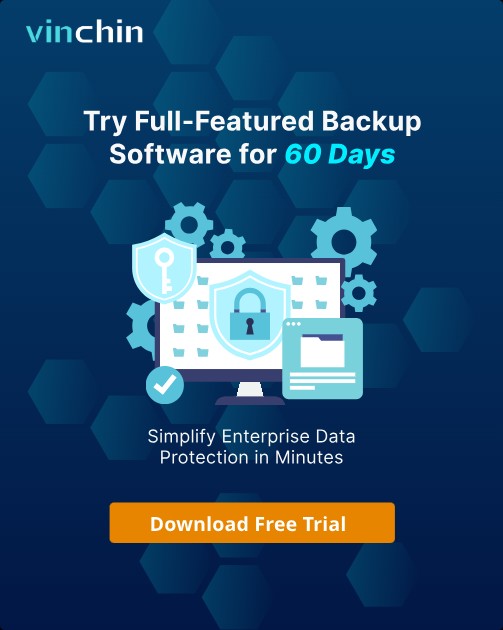-
What Are Affinity Rules?
-
Why Use Affinity Rules in Virtualization?
-
How to Configure Affinity Rules in VMware vSphere?
-
How to Configure Affinity Rules in Microsoft Hyper-V?
-
Protecting Virtual Machines with Vinchin Backup & Recovery
-
Affinity Rules FAQs
-
Conclusion
Deploying virtual machines (VMs) demands strategic placement to balance performance, resilience, and compliance needs across your infrastructure. That’s where affinity rules come into play—they help you control how VMs are distributed within your cluster environment. In this guide, we’ll break down what affinity rules are, why they matter, how to configure them in leading platforms like VMware vSphere and Microsoft Hyper-V—and how to avoid common pitfalls along the way.
What Are Affinity Rules?
Affinity rules are policies that define how VMs are placed on hosts within a cluster. There are two main types: affinity and anti-affinity rules.
Affinity rules keep selected VMs together on the same host or group of hosts.
Anti-affinity rules ensure certain VMs run on separate hosts.
For example: If you want a web server VM always close to its database VM for low latency communication, you’d use an affinity rule to keep them together on one host whenever possible. On the other hand, if you have two domain controllers that must not fail at once during hardware issues, an anti-affinity rule will spread them across different hosts for higher availability.
You can also set up VM-to-host affinity—binding specific VMs or groups of VMs to particular hosts or host groups—which is useful when licensing or hardware requirements dictate where workloads should run.
Why Use Affinity Rules in Virtualization?
Affinity rules give administrators fine-grained control over workload placement—something default schedulers may not provide out-of-the-box.
By using these policies:
You can improve application performance by reducing network hops between tightly coupled services.
You increase uptime by ensuring critical workloads aren’t concentrated on a single point of failure.
You support compliance needs by restricting sensitive workloads to approved hardware or locations.
You help manage software licensing costs by limiting which servers run licensed applications.
Without proper affinity rule design, your scheduler might place VMs wherever resources seem available—even if that means putting all critical services onto one host or splitting up components that need fast communication with each other.
How to Configure Affinity Rules in VMware vSphere?
VMware vSphere provides flexible options for setting up both VM-to-VM and VM-to-host affinity policies through its modern HTML5-based vSphere Client interface (the Flash client is no longer supported). Before starting: Ensure Distributed Resource Scheduler (DRS) is enabled at the cluster level; otherwise these features won’t work as expected.
Configuring VM-to-VM Affinity/Anti-Affinity Rules
To keep certain VMs together—or apart—follow these steps:
1. Open vSphere Client and select your target cluster from the inventory panel.
2. Click the Configure tab at the top of the screen.
3. Under Configuration, choose DRS, then click on Rules.
4. Press Add to create a new rule entry.
5. Enter a descriptive name so you can identify this rule later.
6. For Rule Type select either Keep Virtual Machines Together (for affinity) or Separate Virtual Machines (for anti-affinity).
7. Select which virtual machines should be included in this policy from your list of available VMs.
8. Click OK to save your changes.
Remember: Anti-affinity helps protect against simultaneous failures; use it for high availability scenarios like separating domain controllers or clustered databases across physical hosts.
Configuring VM-to-Host Affinity Rules
To bind specific VMs—or groups—to certain hosts:
1. In the same cluster’s DRS > Rules area click Add again.
2. Name your new rule clearly (e.g., "SQL Licensing Restriction").
3. Choose Rule Type as Virtual Machines to Hosts.
4. Decide between:
"Must run on hosts in group" (hard enforcement)
"Should run on hosts in group" (soft preference)
5. Assign both a VM group and Host group; create new groups if needed using their respective "Add" buttons next to each field.
6. Confirm with OK when finished.
A hard ("Must") rule means affected VMs will not start unless their assigned host(s) are available—a potential risk during maintenance windows or outages! Soft ("Should") rules allow more flexibility but may occasionally be overridden by DRS if necessary for overall cluster health or resource balancing.
How to Configure Affinity Rules in Microsoft Hyper-V?
Microsoft Hyper-V supports similar placement controls—but primarily within Windows Server Failover Clustering environments including Azure Stack HCI clusters (standalone Hyper-V does not support native affinity policies). Make sure Failover Clustering is installed (Install-WindowsFeature -Name Failover-Clustering) before proceeding; PowerShell version 5.x+ is recommended.
Creating Affinity/Anti-Affinity Policies via PowerShell
To force selected VMs onto the same node:
# Creates an affinity rule keeping specified VMs together New-ClusterAffinityRule -Name "KeepTogether" -RuleType SameNode -Cluster Cluster1
To ensure selected VMs never share a node:
# Creates an anti-affinity rule separating specified VMs New-ClusterAffinityRule -Name "KeepApart" -RuleType DifferentNode -Cluster Cluster1
Next add your target virtual machine groups:
Add-ClusterGroupToAffinityRule -Groups "VM1","VM2" -Name "KeepTogether" -Cluster Cluster1
Enable your newly created policy:
Set-ClusterAffinityRule -Name "KeepTogether" -Enabled 1 -Cluster Cluster1
Verify everything is working as intended:
Get-ClusterAffinityRule -Name "KeepTogether" -Cluster Cluster1
You can also manage basic placement preferences graphically via Windows Admin Center—but PowerShell gives more control over advanced scenarios such as scripting bulk changes across large clusters.
Protecting Virtual Machines with Vinchin Backup & Recovery
After establishing effective workload distribution through affinity rules, safeguarding those virtual machines becomes essential for business continuity and disaster recovery readiness. Vinchin Backup & Recovery stands out as a professional enterprise-level solution supporting more than 15 mainstream virtualization platforms—including VMware, Hyper-V, Proxmox, oVirt, OLVM, RHV, XCP-ng, XenServer, OpenStack, ZStack, and others—with broad compatibility tailored for complex environments utilizing advanced scheduling features like those found in VMware clusters.
Among its extensive capabilities, Vinchin Backup & Recovery offers forever-incremental backup strategies for efficient storage usage; CBT-based incremental backup options where supported; granular restore functions enabling precise file-level recovery; robust data deduplication and compression technologies; and secure data encryption throughout backup workflows—all designed to optimize protection while minimizing impact on production systems and storage resources.
The intuitive Vinchin Backup & Recovery web console streamlines operations so even complex environments governed by intricate affinity rules remain easy to protect:
Step 1: Select the VMware VM(s) you wish to back up
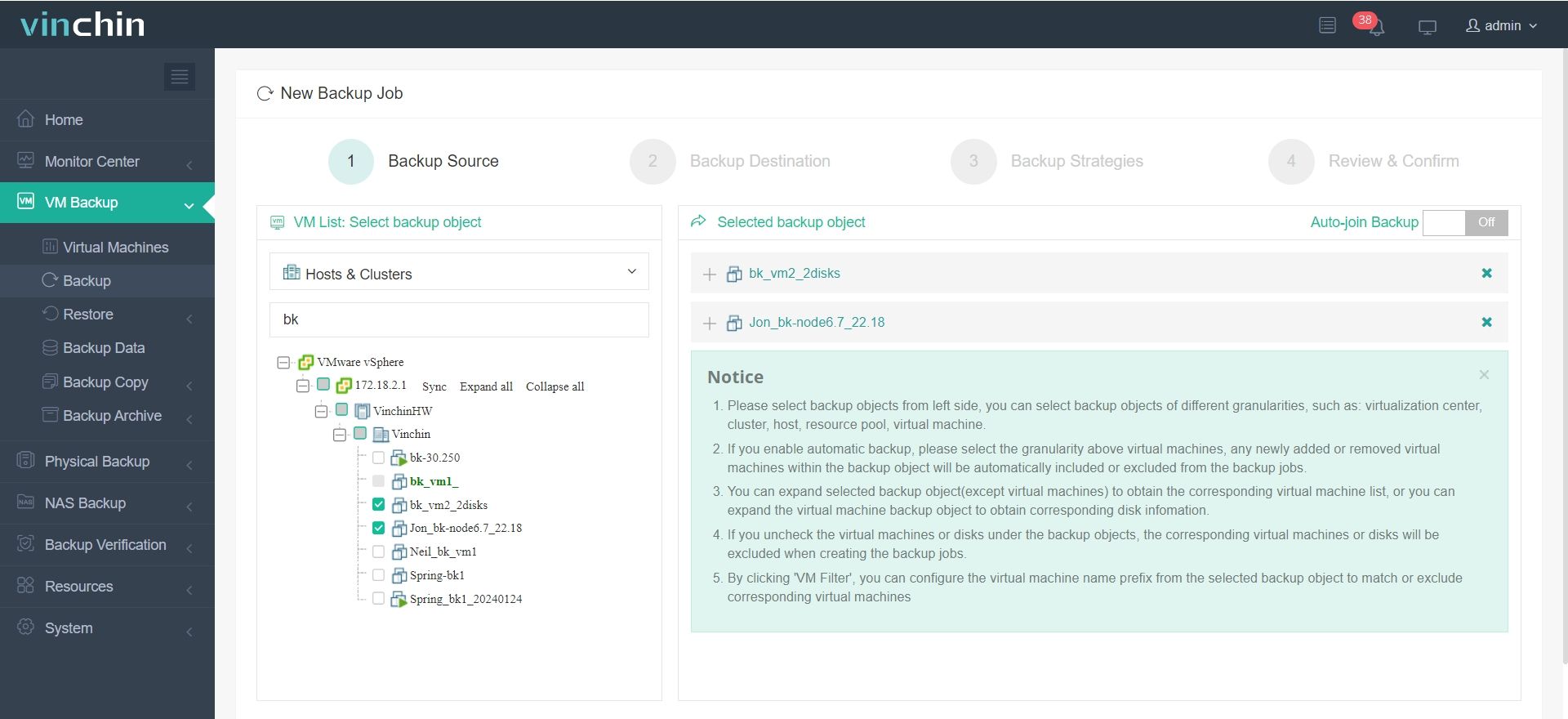
Step 2: Choose appropriate backup storage
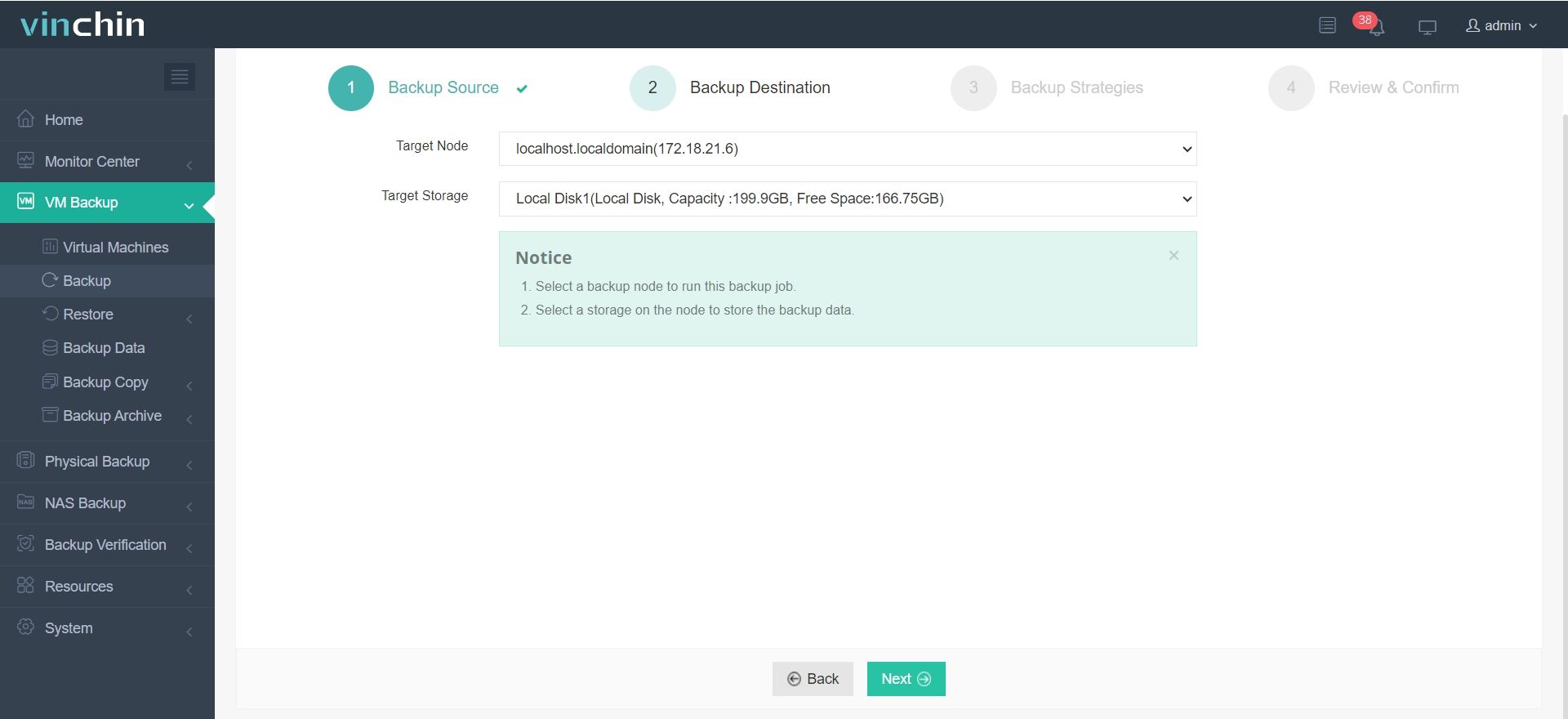
Step 3: Configure backup strategy—including schedule and retention settings
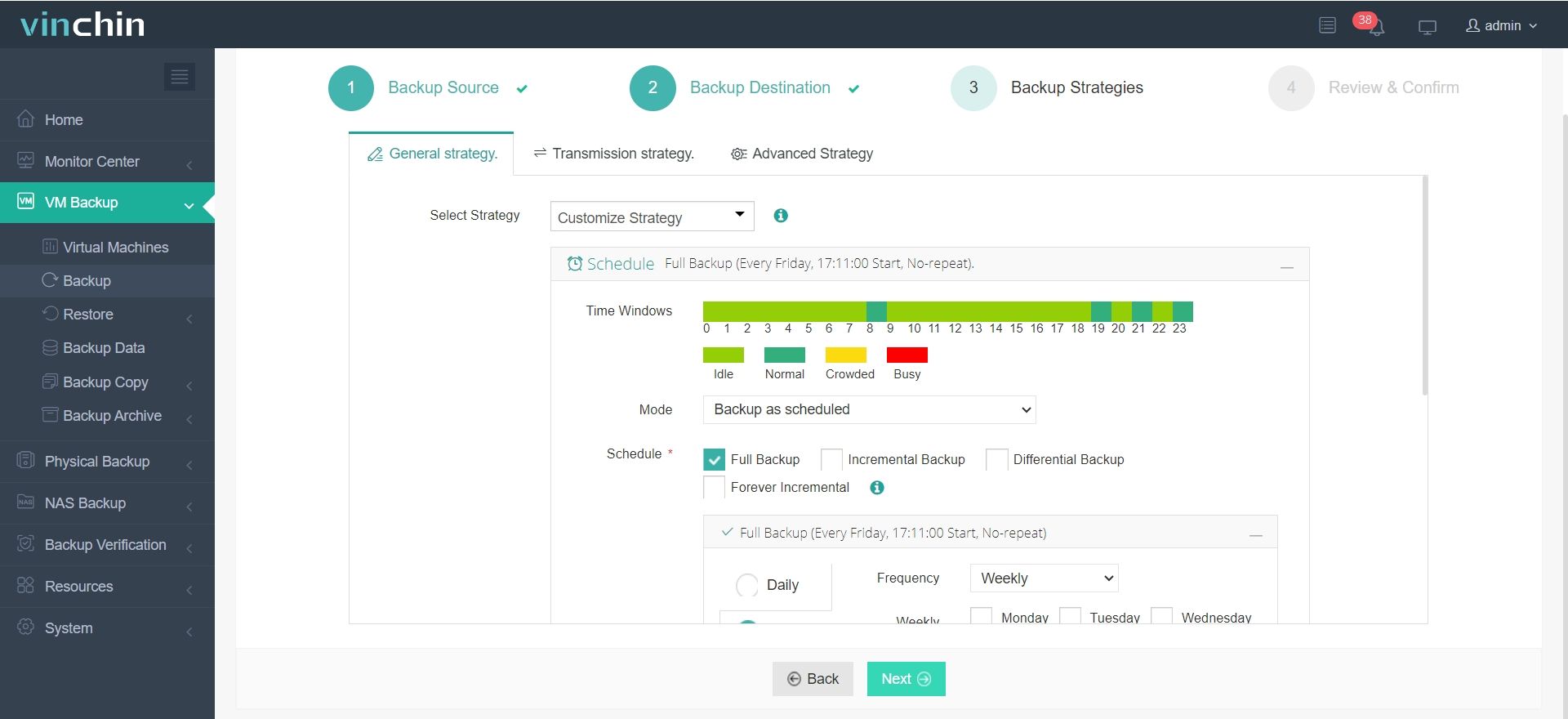
Step 4: Submit the job
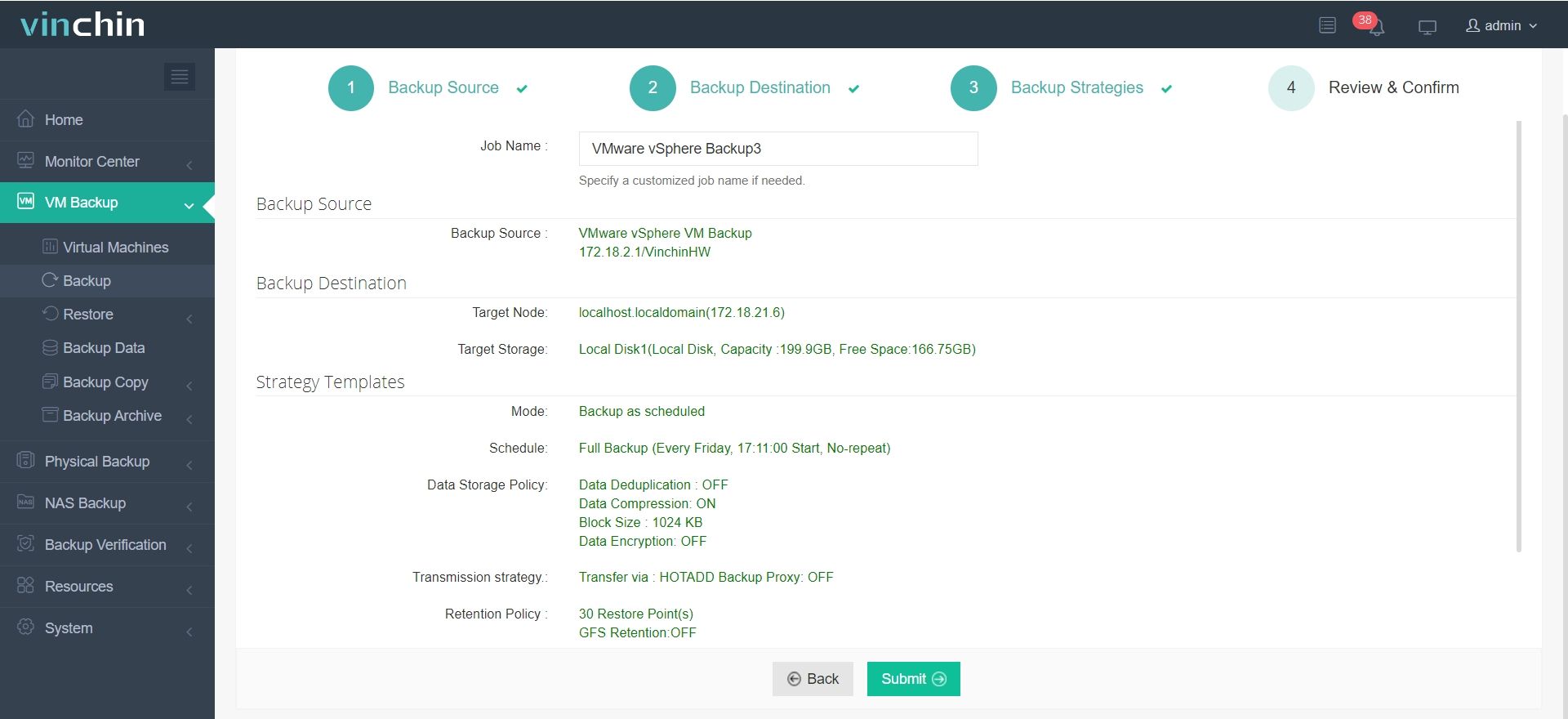
Thousands worldwide trust Vinchin Backup & Recovery for reliable enterprise data protection—consistently earning top ratings from customers everywhere.Try it risk-free today with a 60-day full-featured free trial—click below to download instantly!
Affinity Rules FAQs
Q1: Can I use affinity rules to keep certain licensed applications restricted only onto approved physical servers?
Yes—you can enforce this using strict ("Must") type VM-to-host affinity policies tied directly against those licensed servers’ names/groups inside most hypervisor management tools today!
Q2: What happens if my environment experiences hardware failure making some hard (“Must”) constraints impossible?
Affected virtual machines may remain offline until enough eligible resources return online—but soft (“Should”) type constraints allow temporary overrides so core services stay running even during partial outages!
Q3: How do I remove an existing anti-affinity policy inside my clustered Microsoft Hyper-V setup?
Run Remove-ClusterAffinityRule followed by –Name plus target rulename then –Cluster parameter specifying correct cluster—all inside elevated PowerShell session!
Q4: Do too many complex affinity/anti-affinity relationships limit future scaling options?
Yes—they reduce scheduler flexibility which could block adding new workloads later unless older constraints get reviewed/revised first!
Conclusion
With smart use of affinity rules you gain better control over workload distribution while boosting uptime—even through planned maintenance cycles.Follow best practices,tune regularly,and monitor compliance closely.For seamless protection,Vinchin makes backing up even complex clustered environments straightforward.Try Vinchin today—and safeguard every critical workload regardless of placement strategy!
Share on:





